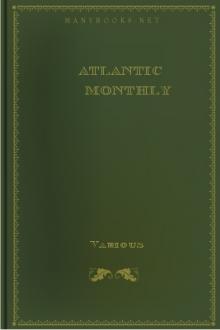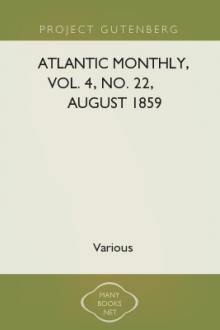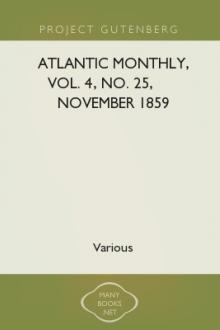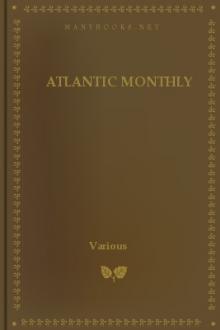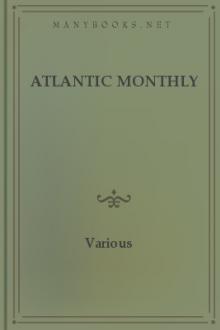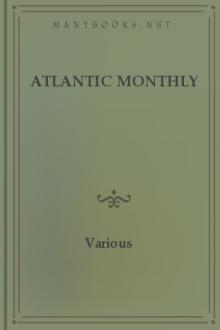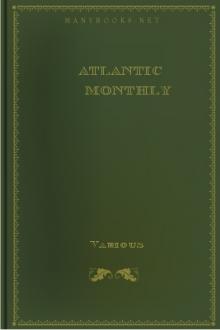Encyclopaedia Britannica, 11th Edition, Volume 7, Slice 2
Encyclopaedia Britannica, 11th Edition, Volume 7, Slice 2
''Constantine Pavlovich'' to ''Convention''
Book Excerpt
by the column of Constantine and the mosque Nuri-Osmanieh; the 3rd by the war office, the Seraskereate Tower and the mosque of Sultan Suleiman; the 4th by the mosque of Sultan Mahommed II., the Conqueror; the 5th by the mosque of Sultan Selim; the 6th by Tekfour Serai and the quarter of Egri Kapu; the 7th by Avret Tash and the quarter of Psamatia. In Byzantine times the two last hills were named respectively the hill of Blachernae and the Xerolophos or dry hill.
History, Architecture and Antiquities.--Constantinople is famous in history, first as the capital of the Roman empire in the East for more than eleven centuries (330-1453), and secondly as the capital of the Ottoman empire since 1453. In respect of influence over the course of human affairs, its only rivals are Athens, Rome and Jerusalem. Yet even the gifts of these rivals to the cause of civilization often bear the image and superscription of Constantinople upon them. Roman law, Greek literature, the theology of the Christian church,
FREE EBOOKS AND DEALS
(view all)Popular books in Reference, Non-fiction
Readers reviews
0.0
LoginSign up
Be the first to review this book

 Free Download
Free Download




















